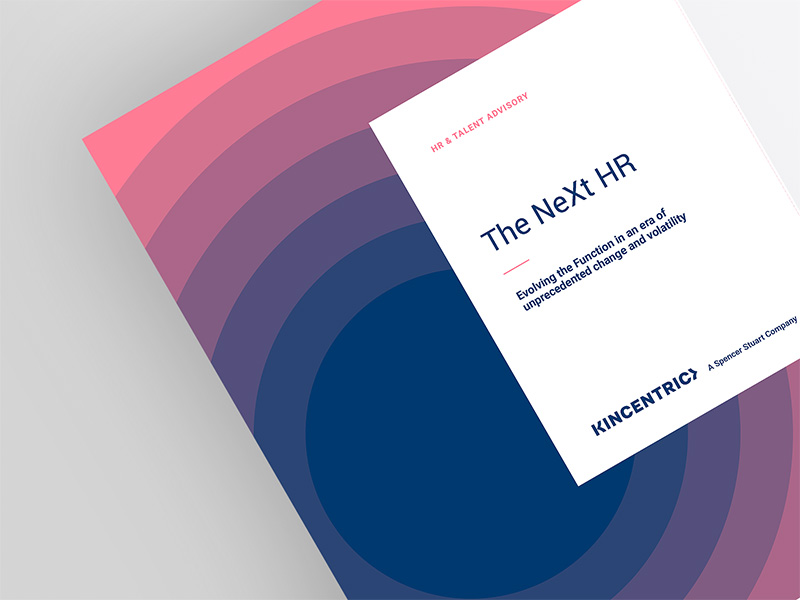
The public health, social and economic challenges brought to the forefront in 2020 will continue to shape the business world for many years to come. These challenges required HR to rise to the occasion and secured their position as true strategic partners. Now HR must seize the opportunity to continue to lead the business to recovery and beyond. In the face of continued uncertainty and an uneven path to recovery, HR will need to ensure their organization has the cultural, technological and operational agility to remain nimble and resilient. CHRO’s must ask themselves what’s next for the HR team as well as their organization as a whole. Whether planning for renewed growth, transforming the business model, or shifting to a hybrid workforce model, many HR and talent management challenges remain.
![]() The demand for strategic support from HR has never been greater. Building HRBP capability for strategic business partnering, organizational effectiveness and developing talent strategies is imperative.
The demand for strategic support from HR has never been greater. Building HRBP capability for strategic business partnering, organizational effectiveness and developing talent strategies is imperative.
![]() The rapid shift to remote working accelerated digital transformation across the entire organization. HR Operations must evolve to deliver an employee eXperience that spans both the virtual and physical worlds.
The rapid shift to remote working accelerated digital transformation across the entire organization. HR Operations must evolve to deliver an employee eXperience that spans both the virtual and physical worlds.
![]() Centers of excellence (CoEs) must continue to develop solutions to support new ways of working and ensure they are delivered more quickly in an agile way.
Centers of excellence (CoEs) must continue to develop solutions to support new ways of working and ensure they are delivered more quickly in an agile way.
![]() The pace of work and level of collaboration many HR teams have experienced is unsustainable without a fit-for-purpose structure and appropriate governance mechanisms in place. Now is the time to formally break down the silos created by traditional structures so that HR can improve organizational effectiveness by delivering end-to-end solutions for the business.
The pace of work and level of collaboration many HR teams have experienced is unsustainable without a fit-for-purpose structure and appropriate governance mechanisms in place. Now is the time to formally break down the silos created by traditional structures so that HR can improve organizational effectiveness by delivering end-to-end solutions for the business.
HR has clearly demonstrated their business value and their ability to act as a true business partner has now become a common expectation from the C-Suite. CHROs must now design an HR strategy and governance that continues to align with the business and meets the needs of employees, is agile and is easy to integrate and deploy.
While a wholesale change may not be necessary, HR operating models must evolve to create both capability and capacity to improve employee engagement and deliver on the intended employee eXperience (eX) in a hybrid workforce environment. Additionally, HR must align with the business on the appropriate balance between driving business performance and a sharpened focus on the eX.
The Evolution of HR
| Traditional challenges: | Today’s solutions: | |
| Inability to react quickly to a rapidly changing business environment | → | Deploy agile teams for critical initiatives, organization events, and as an ongoing community of expertise |
| Technology as the only enabler | → | Enable HR through leadership, governance, HR capability, technology and analytics |
| Fragmented and siloed HR programs, processes, and teams | → | Integrate across HR to deliver end-to-end people solutions |
| HR business partner role that has not delivered on its promise | → | Make the investments needed to enable HR business partners to become talent and organizational strategists |
| Programs and processes designed from the inside-out to deliver efficiencies for HR | → | Design from the outside-in to deliver a differentiated employee eXperience |
| Internally focused with emphasis on traditional HR needs and business expectations | → | Externally focused to understand and align with the business, market and customer needs |
The NeXt HR Operating Model
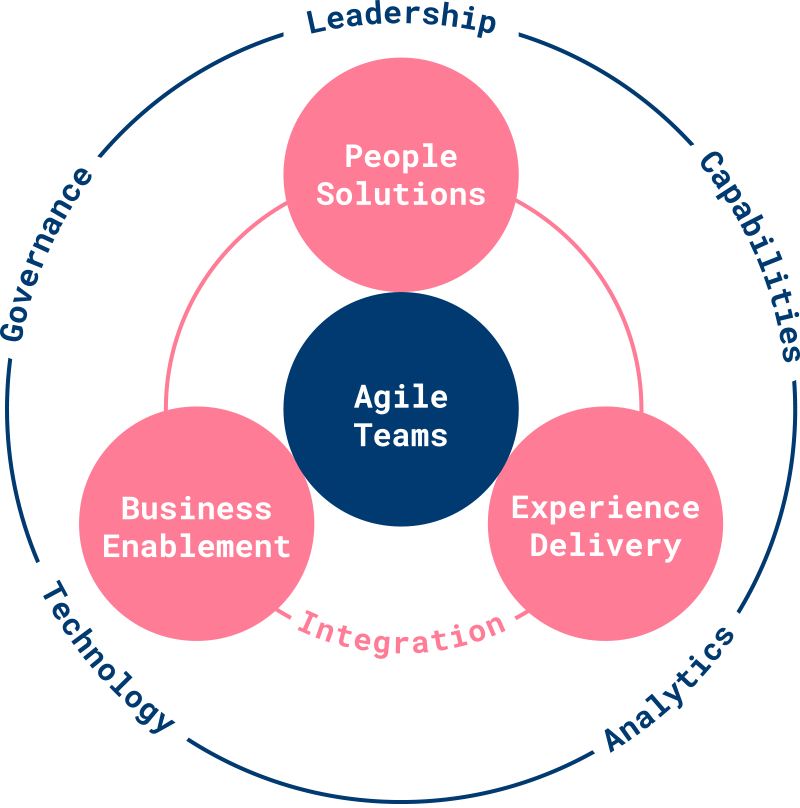

Frictionless employee experience for the moments that matter

Flexible staffing to ensure optimal deployment of expertise











German Translation | Lesen Sie auf Deutsch
* https://www.kincentric.com/ex-report
We would like to thank Michael Martin for contributing his insights to this article.
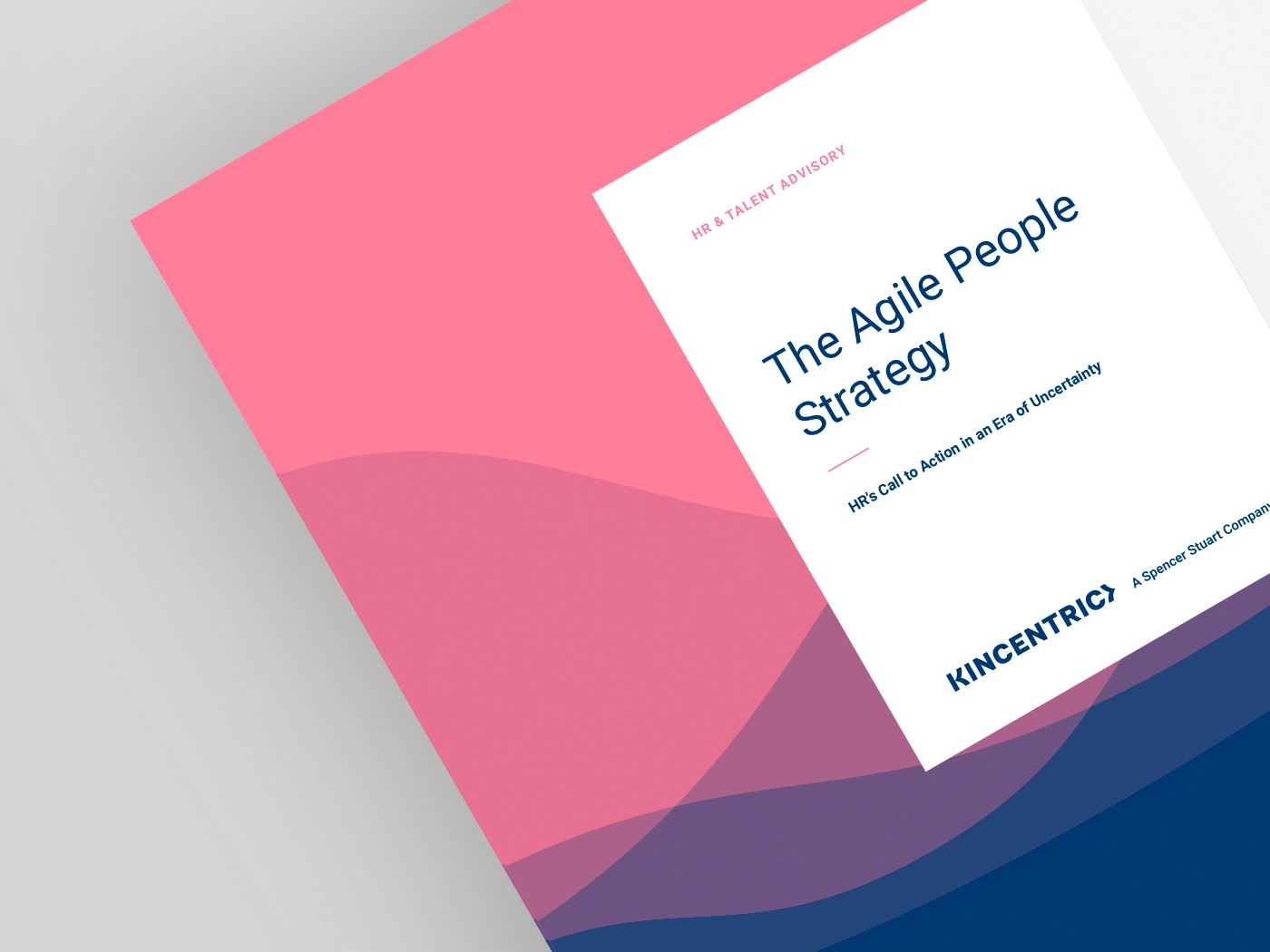
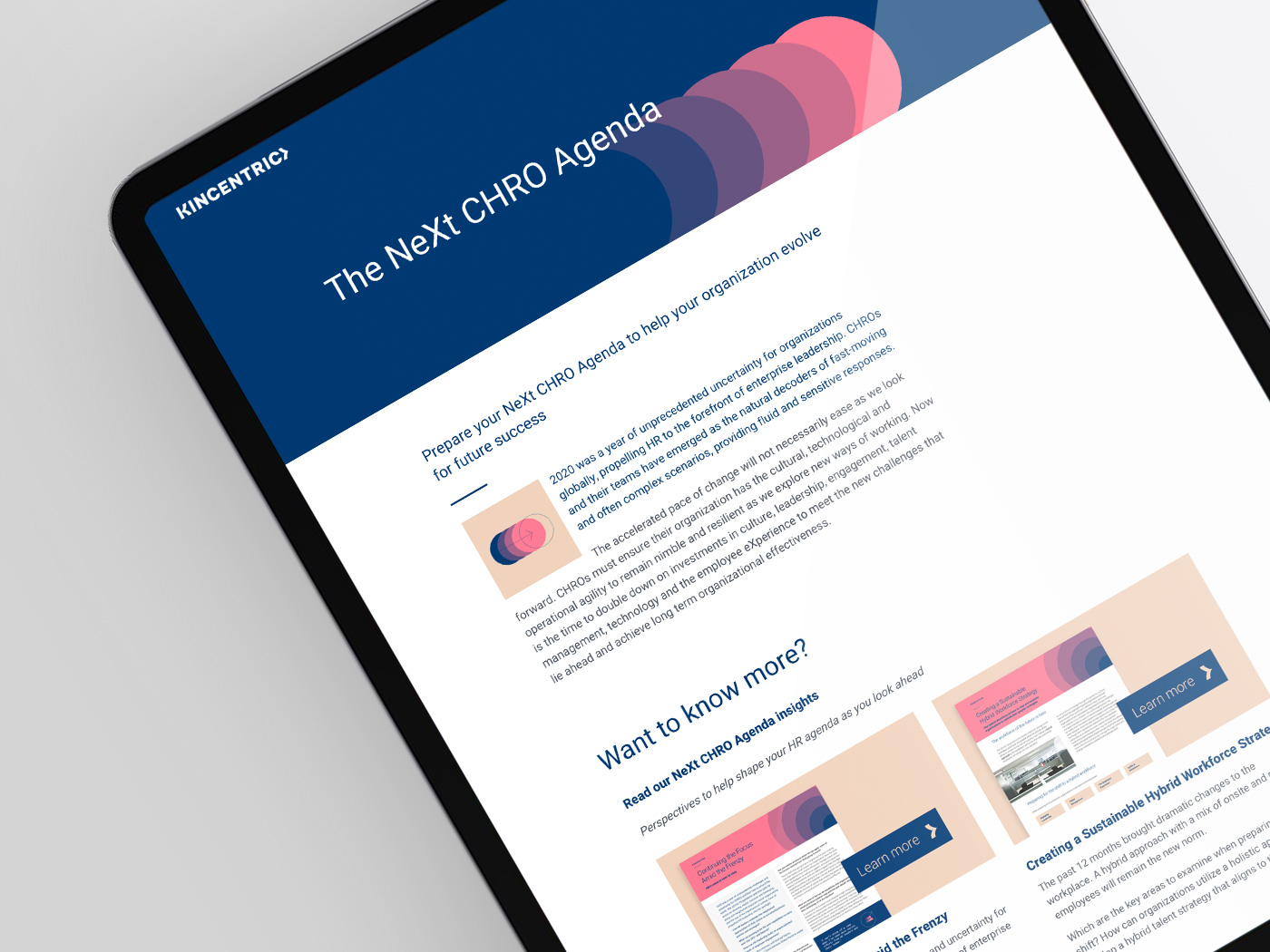
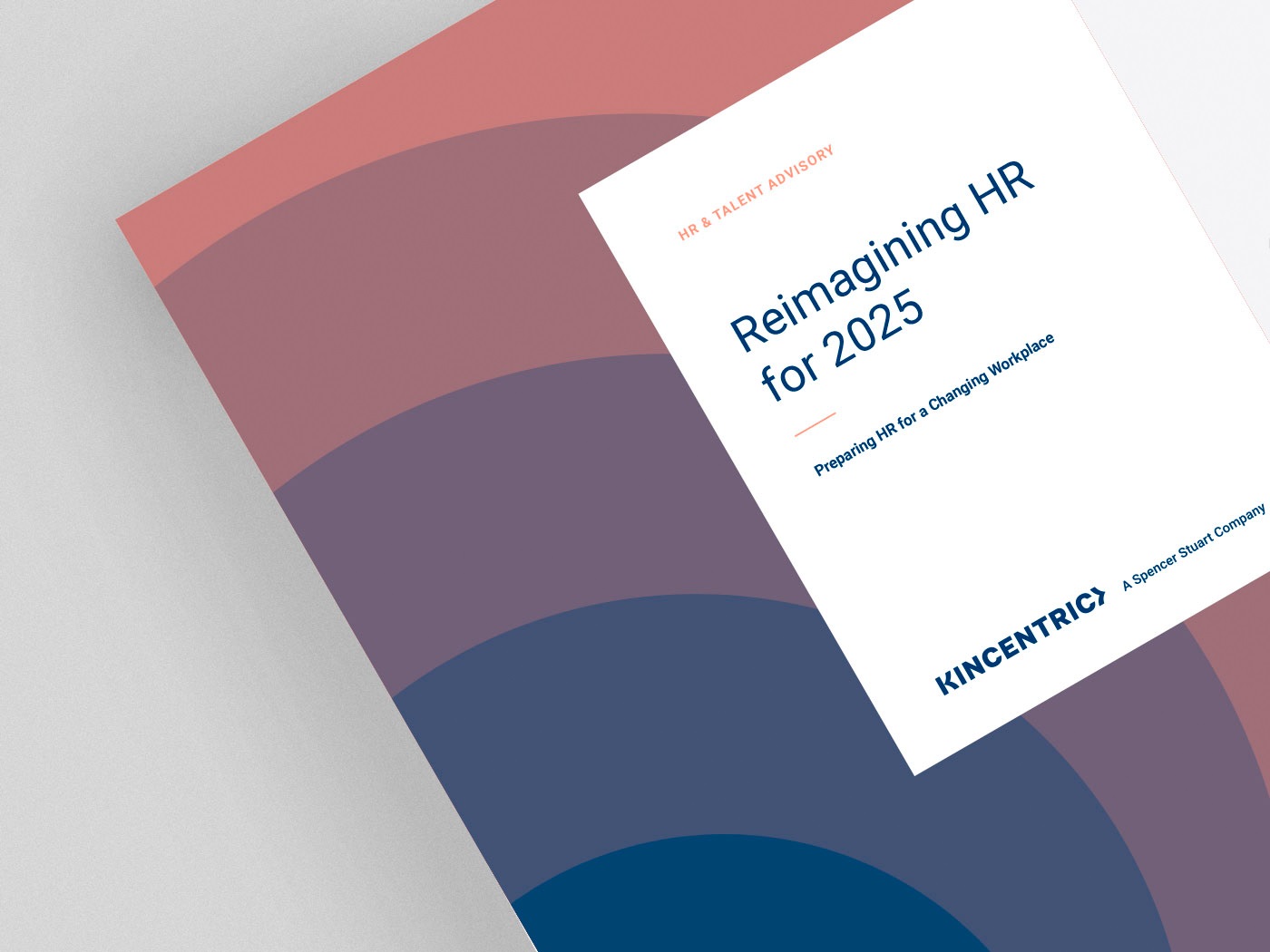
Nearly every aspect of talent management is shifting in new directions with technology leading the charge.
Want the latest insights delivered straight to your mailbox?